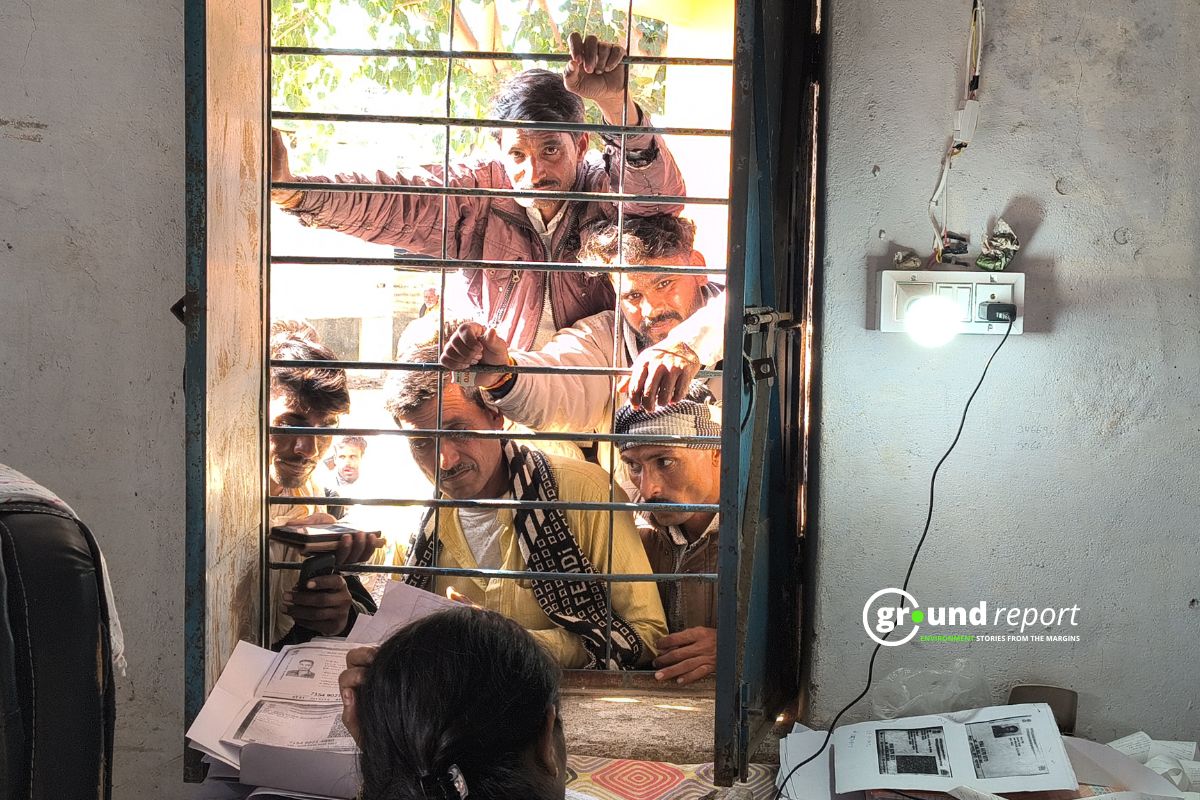In Northeast India, the Assam government has approved oil exploration near the habitat of the Hoolock Gibbon, India’s only ape, which is the new challenge that faces the Hoolock Gibbon.
The Western Hoolock Gibbon (Hoolock hoolock), India’s only ape species, is crucial to the ecological balance of northeastern forests. Despite its significance, this endangered species’ population is declining due to habitat loss, fragmentation, and human activities.
Hoolock gibbons are found mainly in Assam, Arunachal Pradesh, Tripura, Meghalaya, Manipur, Nagaland, Mizoram, and parts of Bangladesh, Myanmar, and southern China.
Dr Dilip Chetry, a senior primatologist, says,
“Hoolock Gibbons are amazing. They’re friendly and not aggressive. They form close-knit, monogamous families, usually sticking with one partner for life.”
India has two types of Hoolock Gibbons: Western and Eastern. Recent genetic studies suggest they might be one species.
According to the International Union for Conservation of Nature (IUCN), the Western Hoolock Gibbon is endangered, while the Eastern Hoolock Gibbon (Hoolock leuconedys) is vulnerable. The Western population has declined nearly 90% in the past three decades, making it one of the most endangered primates globally.
“Gibbons are specialized canopy-dwellers using their long arms for movement along tree branches. Their physical attributes are not suited for walking and they can easily fall prey on the ground, so it’s rare to see them descend from the canopy,” said Dr Ian Robinson, IFAW Emergency Relief Director.
The Hoolock Gibbon’s importance extends beyond its ecological role. As the only ape species in India, it symbolizes the northeastern region’s biodiversity. Protecting the Hoolock Gibbon is not just about saving a single species; it’s about preserving the web of life in these forests.
Population pressure
Scientists estimate about 12,000 Hoolock Gibbons globally, and less than 2,600 in India, a sharp decline. The Western Hoolock Gibbon population has dropped by almost 90% over the last 30 years.
“The Western Hoolock Gibbon is now one of the 25 most endangered primate species,” explains Dr. Chetry. “That’s why it’s listed as ‘Endangered’ on the International Union for Conservation of Nature’s Red List.”
The Eastern Hoolock Gibbon is listed as ‘Vulnerable’, slightly better than before. But both types face serious survival threats.
Hoolock Gibbons are true forest dwellers. They rarely come down to the ground, preferring to swing from tree to tree in “brachiation.” They can reach up to 55 kilometres per hour, covering up to six meters in a single swing!
These agile apes mainly eat fruits, but also munch on leaves, shoots, and flowers. Males and females look different: males are black with a white brow, while females are copper-tan with dark brown facial hair.
Hoolock Gibbons has a loud, musical call. Dr. Chetry says,
“Their calls can be heard from far away. It’s how they communicate and attract mates.”
Why are Hoolock Gibbons in trouble?
The biggest threat is the loss of forest homes. As humans cut down trees for farming, building, and other projects, the gibbons lose the connected tree canopy they need to move around and find food.
The main threats to Hoolock Gibbons are habitat loss and fragmentation from deforestation for agriculture, infrastructure, and encroachment. In northeastern India, slash-and-burn (jhum) cultivation has destroyed large forest areas, severely impacting these canopy dwellers’ habitats. Fragmentation restricts their movement, making it hard to find food and mates, affecting population growth.
Hunting, although less documented, is another significant threat. In some areas, hoolock gibbons are hunted for meat or caught for the illegal pet trade. Encroachment by tea plantations and local communities contributes to habitat degradation, further endangering the species.
Chetry explains,
“If their habitat is fragmented, they can’t move around. Even a small break in the forest can be a big problem.”
Other threats include hunting (now less common) and traditional “slash and burn” farming, which destroys large forest areas.
New threat: oil exploration
A new danger looms for the Hoolock Gibbons. The Assam government approved oil exploration near Dibru-Saikhowa National Park, an important gibbon habitat. This decision sparked a debate between those wanting to develop the area’s resources and those wanting to protect its wildlife.
Cairn India, part of the Vedanta group, wants to use nearly 5 hectares of forest land to drill for oil and gas. This area is in the eco-sensitive zone around the Hoollongapar Gibbon Wildlife Sanctuary—a protected area for these apes.
Dr Chetry warns “any project fragmenting the gibbons’ habitat, like oil exploration, mining, or logging, can have serious consequences. “Gibbons are a ‘flagship species’. Where you find gibbons, you find other important wildlife. Protecting gibbons means protecting the whole forest ecosystem.”
Oil India plans to use “extended reach drilling” to drill at an angle, reaching deep underground oil deposits without disturbing the surface.
The company claims the land impact may not be visible. “We’ll be drilling to a depth of 3,900-4,000 meters.”
The Assam government faces a tough choice. Oil exploration could bring in much-needed money and jobs, but it risks damaging one of the state’s most precious natural treasures.
The proposal awaits final approval from the central government. Meanwhile, a committee of experts recommended rejecting part of the plan affecting Dibru Saikhowa National Park, following a Supreme Court order banning mining in national parks and wildlife sanctuaries.
Support us to keep independent environmental journalism alive in India.
Keep Reading
The costliest water from Narmada is putting a financial burden on Indore
Indore’s Ramsar site Sirpur has an STP constructed almost on the lake
Indore Reviving Historic Lakes to Combat Water Crisis, Hurdles Remain
Indore’s residential society saves Rs 5 lakh a month, through rainwater harvesting
Follow Ground Report on X, Instagram and Facebook for environmental and underreported stories from the margins. Give us feedback on our email id greport2018@gmail.com.
Don’t forget to Subscribe to our weekly newsletter, Join our community on WhatsApp, and Follow our YouTube Channel for video stories.









